Because photographers differ about their preferred choices of focal length for a particular genre, we’ve adopted a slightly different format this time. While we’ve kept the zooms and primes apart, instead of presenting the best lenses by focal length, we’ve arranged them into three groups according to use to help you narrow down the best performers by focal length in each of the three categories.
Best wide and ultra-wide lenses for landscapes and architecture (14- 28 mm)
With a focal length between 14 mm and around 28 mm, for reasons of size, weight and cost, wide and ultra-wide rectilinear lenses are an important choice for landscape and architecture, not only because of their angle of view, but because of their rendering of straight lines, their apparent additional depth of field, and their tendancy to exaggerate the size of objects in the foreground.
Wide-angle lenses encompass three traditionally popular focal lengths; 24, 28 and 35 mm; however, the latter — with its angle of view approaching that of the human eye — is considered a “normal” or “standard” lens by many, so we’ve excluded it from this section. Lenses at around 20 mm and lower are considered “ultra-wide,” with 14 mm being the widest rectilinear prime in Canon’s range. Even that, impressive as it is, pales next to the maker’s incredible 11-24mm zoom, which is the world’s widest rectilinear lens on a full-frame sensor.
On the Canon EOS 5D Mk IV, the ultra-wide Sigma 20mm F1.4 DG HSM A is the best-performing model, albeit by a negligible margin. Introduced in late 2015, the Art series 20mm has a particularly well-balanced performance. Besides excellent sharpness and control of chromatic aberration, it has low vignetting, very good to excellent transmission at T1.7, and relatively good control of distortion for an ultra-wide. Although it displays some noticeable barrel distortion, it avoids the typical compound or “mustache”-type distortion.
Sigma comes in second place with its 24mm F1.4 DG HSM A, introduced in 2015, though it is neck-and-neck in performance with Canon’s highly-regarded L-series equivalent, introduced in 2008 — and indeed, from our tests, the Canon has slightly higher peak sharpness levels than the Sigma. Although both models are designed for low-light work, principally photojournalism, either can be used for landscapes and architecture, where their excellent control of distortion and chromatic aberration are compelling, even when compared to “slower” models. The only real downside to these models, besides their price and size, perhaps, is their performance in the periphery and heavy vignetting when wide-open (although that won’t dissuade landscape or architectural photographers, as they rarely shoot wide-open).
Our pick for an ultra-wide would be the manual-focus Zeiss Distagon T*2,8/15 ZE. At around $2950, it’s not cheap, but it has excellent control of distortion, one of the key considerations for architectural photography. The Zeiss isn’t lacking in sharpness at any aperture either, and with exceptionally low chromatic aberration, it’s the discerning choice. If that’s a little rich, there’s the manual-focus Samyang 14 mm F2.8 IF ED UMC at just $379. It has similar peak sharpness as the Zeiss (albeit not the same uniformity across the field), and it has low chromatic aberration and vignetting. Beside the lack of communication between body and lens, the only real downside to this less-expensive lens is the distortion, which is likely a little too pronounced for demanding architectural photographers.
Best lenses for portraits (35 – 135 mm)
Lenses between 35 and 85 mm in focal length tend to be the best optical performers in any maker’s range, so for the sake of argument, we’ve included 35mm lenses in this section so as not to skew the results in the wide and ultra-wide category. Although perhaps not the most obvious contenders for this category, the 35 and to a lesser extent the 50 mm are often the focal lengths of choice for environmental portraits.
While Canon is well-represented here with its recent upgrade to the L-series 35mm F1.4, it is Zeiss with its high-end MF lenses that takes first place in terms of balanced optical performance for 55, 85, and 135 mm focal lengths. All three of these Zeiss lenses achieve DxOMark lens scores in excess of 40 points.
Offering AF and competitive pricing to both Zeiss and Canon, Sigma is also strong in this category, coming in fourth and fifth places with its 50mm Art model and the soon-to-be-replaced 85 mm, respectively. The 35mm Art series is in eighth place just after the new $1800 L-series Canon 35mm F1.4.
There are a wide range of focal lengths in this category, so we’ve chosen to compare the best-performing short telephoto, normal, and moderate wide lenses. The two Zeiss Otus models are the best optically for their respective focal lengths, followed by the new Canon 35mm EF F1.4L II USM. Both Otus models offer similar peak sharpness levels and they’re sharp right out to the corners at the initial aperture.
The Canon EF 35mm F1.4L II USM, on the other hand, has similar sharpness in the center but it is weaker in the periphery until f/2.8, when it performs similarly. As with the two Zeiss models, it’s extremely well-corrected for lateral chromatic aberration, but displays higher levels of vignetting that persist throughout the aperture range.
Best lenses for wildlife (150 mm and higher)
Wild animals are naturally skittish, so unless you’ve perfected your field skills, most photographers quickly aspire to acquiring the fastest and longest focal length they can find. However, there are some pitfalls to consider. High-speed “super-telephotos” are highly corrected and made in small batches, so they’re large and heavy and horrendously expensive. (Sigma offers a few competitively-priced options, but we don’t have any of those in our database at this time.) Even so, Canon has a reputation for building high-grade super-telephotos, and it’s not difficult to see why. The 300mm F2.8 is usually the benchmark in a range, so it’s not surprising to see this model achieving the highest scores in this category. With its 30-PMix results for sharpness, it appears to out-resolve the Canon EOS 5D IV sensor. However, neither it nor the ultra-fast $10,499 EF400mm F2.8L IS II USM (in second place) is seldom sufficiently long enough by itself.
When compared to the obvious benefits offered by the EF 600mm F4L IS II USM in fourth place (after the older EF 300mm F2.8L IS USM from 1999), the EF 500mm F4L IS II USM in sixth place is a highly sought-after option. Not only is it close in optical performance to the $11,999, 600mm f/4 model, especially wide-open, it is compatible with both 1.4x and 2x extenders and is around 20% less in price, weight, and size. However, while the 300mm is slightly sharper wide-open, all three models have outstanding sharpness across the field, with minimal chromatic aberration, not to mention mild vignetting and zero distortion. Sadly, none of these advantages comes cheap, which is why many photographers opt for the versatility and more accessible pricing of a telephoto zoom.


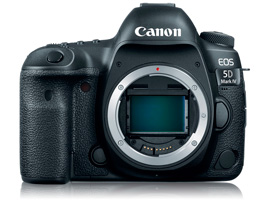
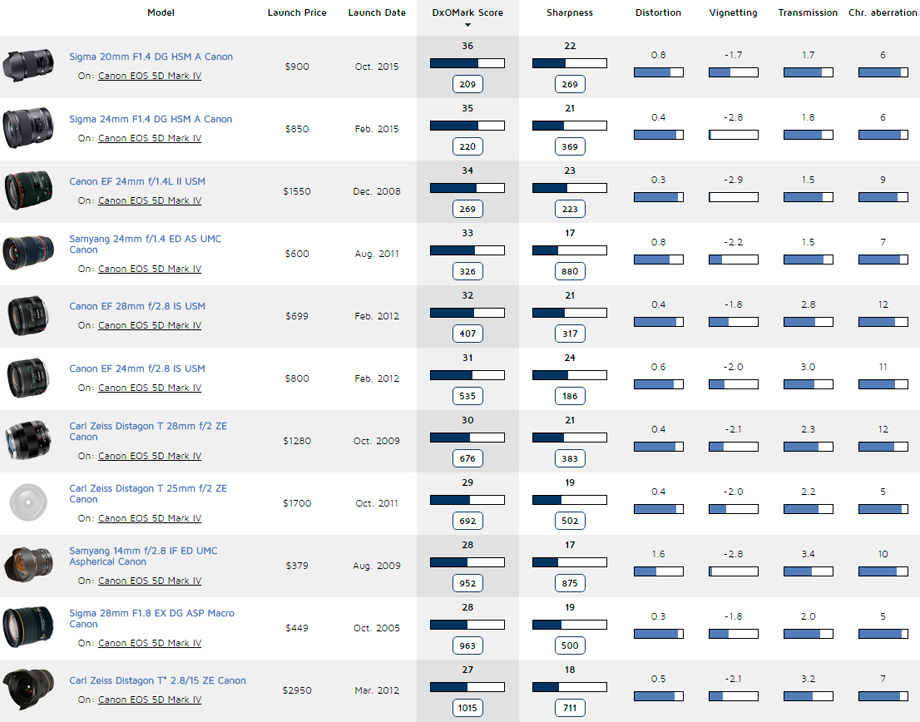
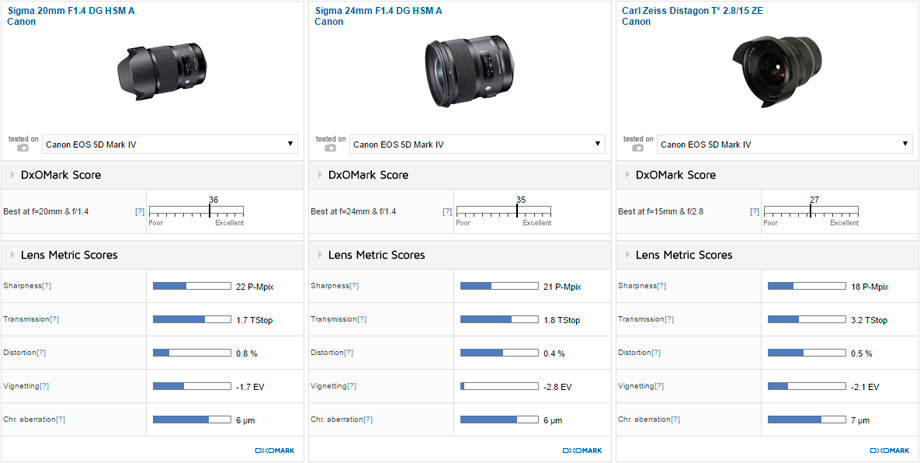
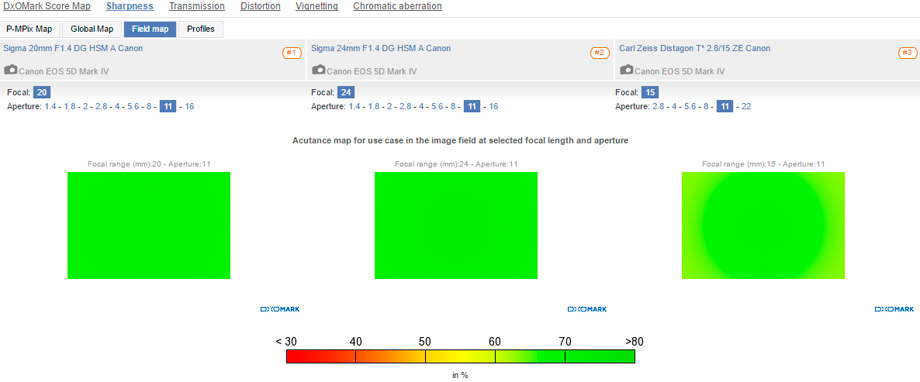
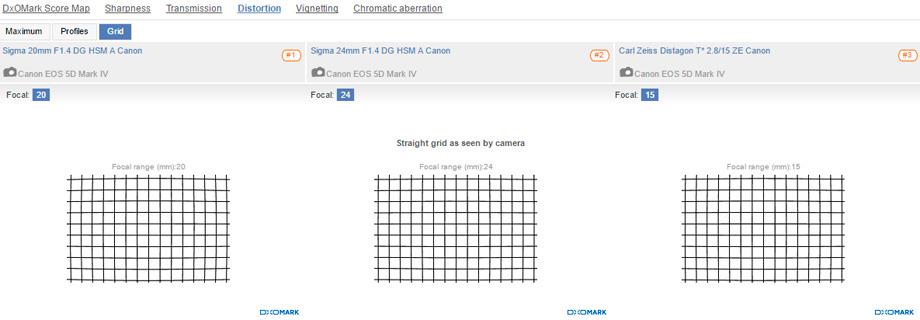
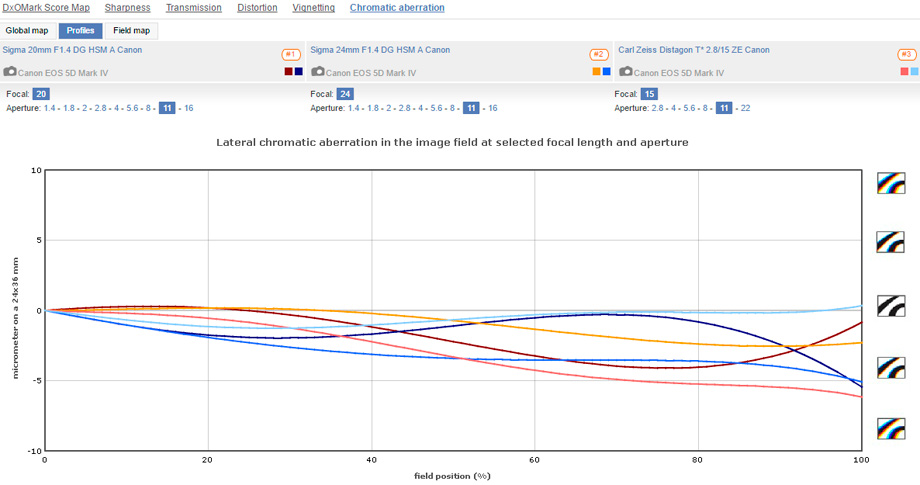
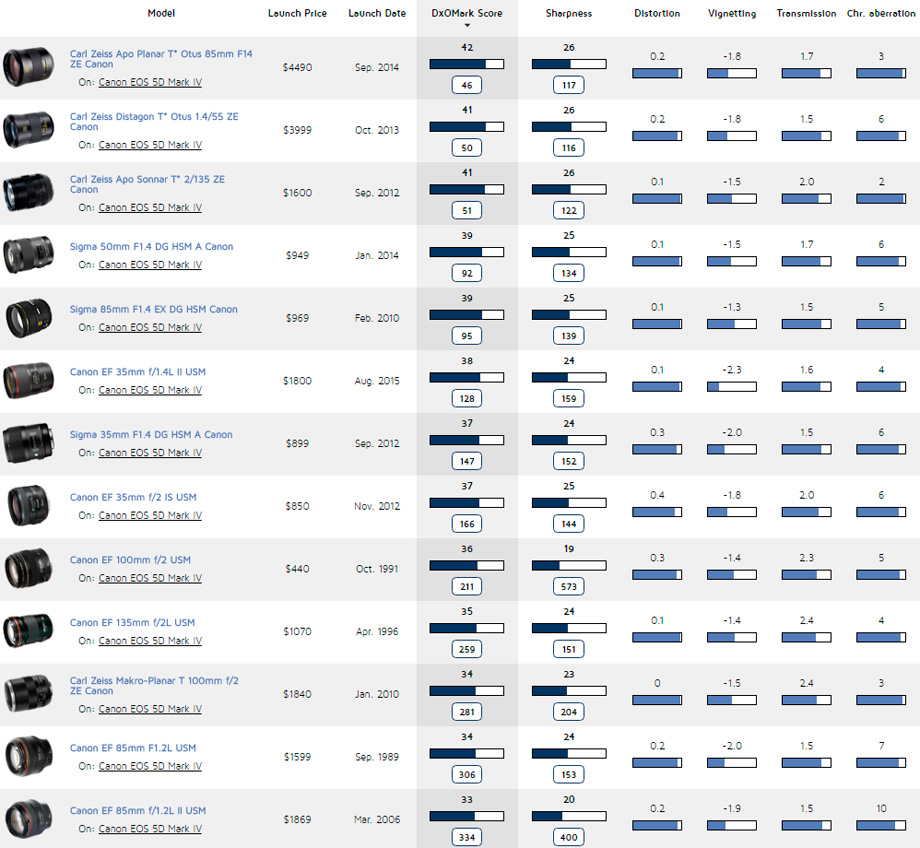
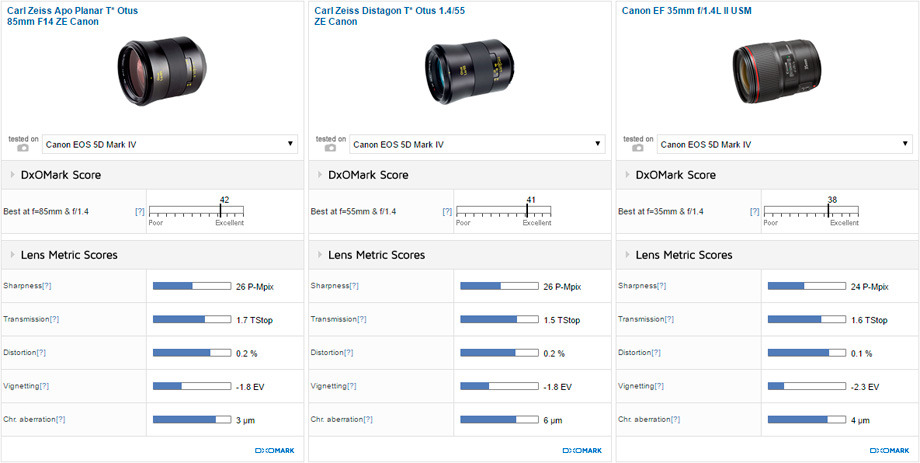
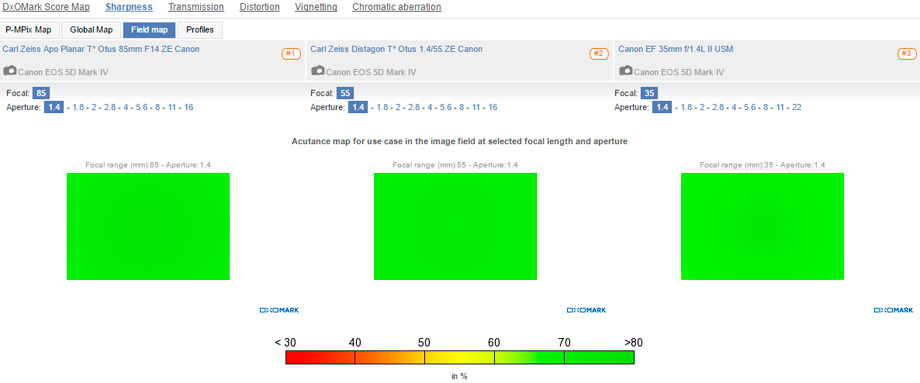
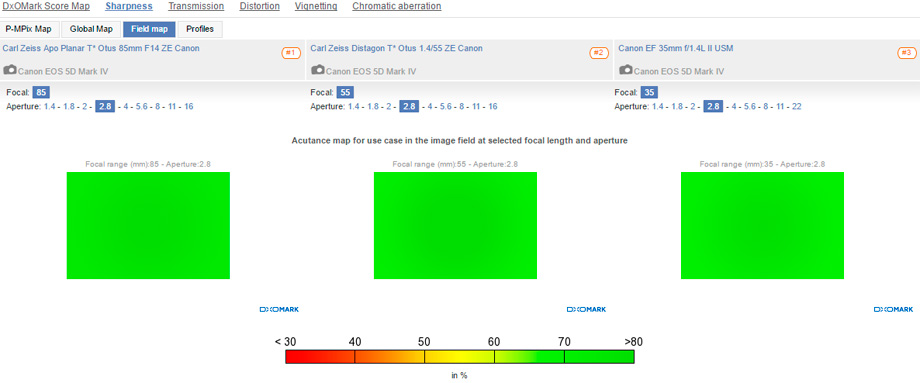
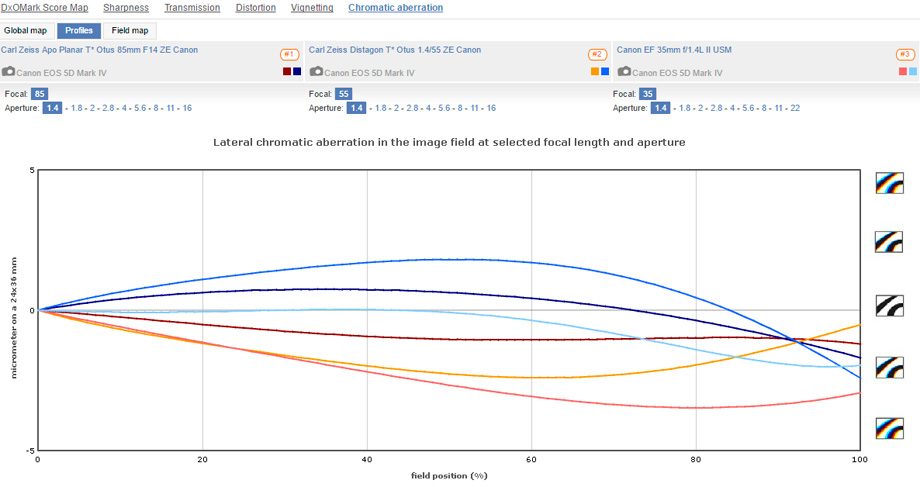
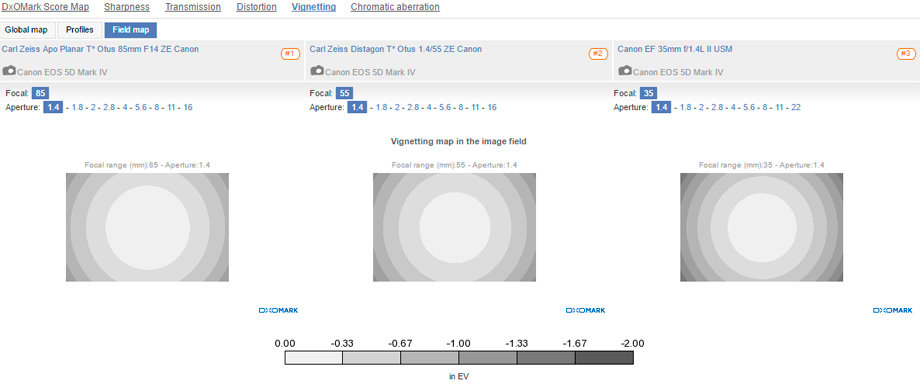
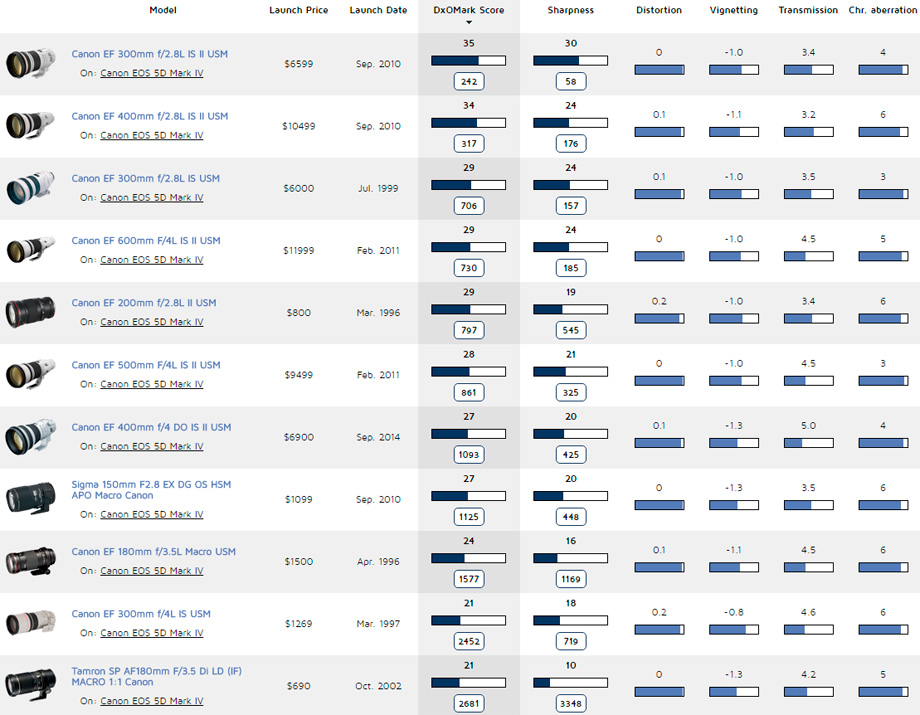
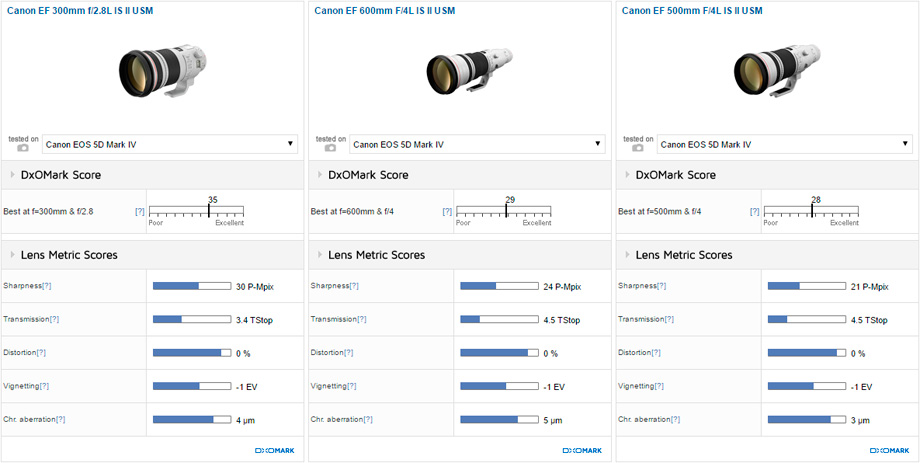
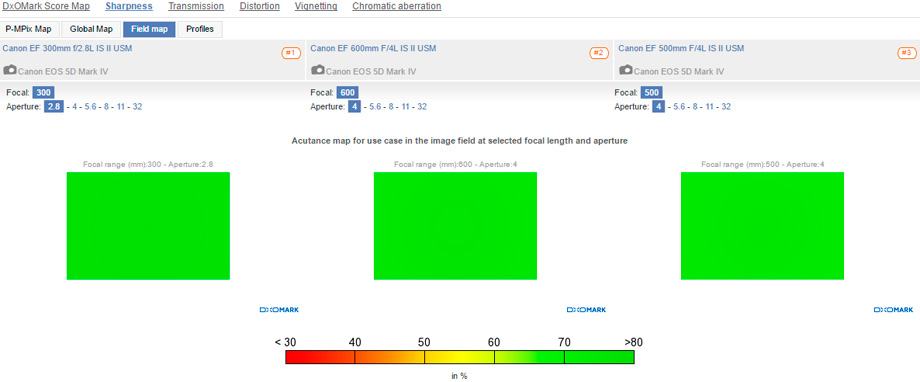
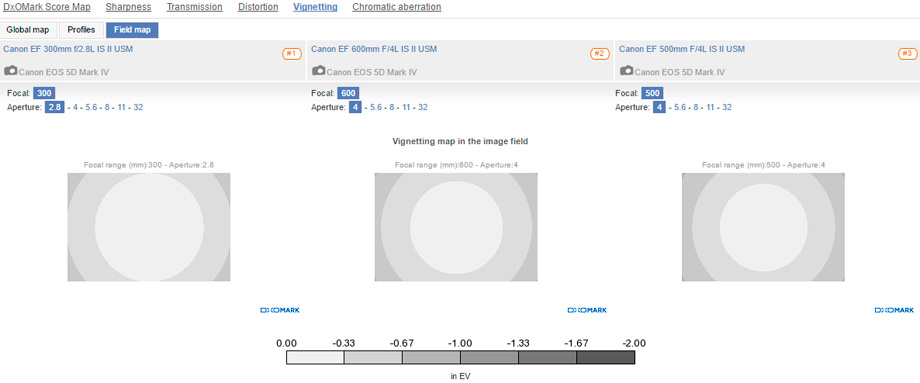
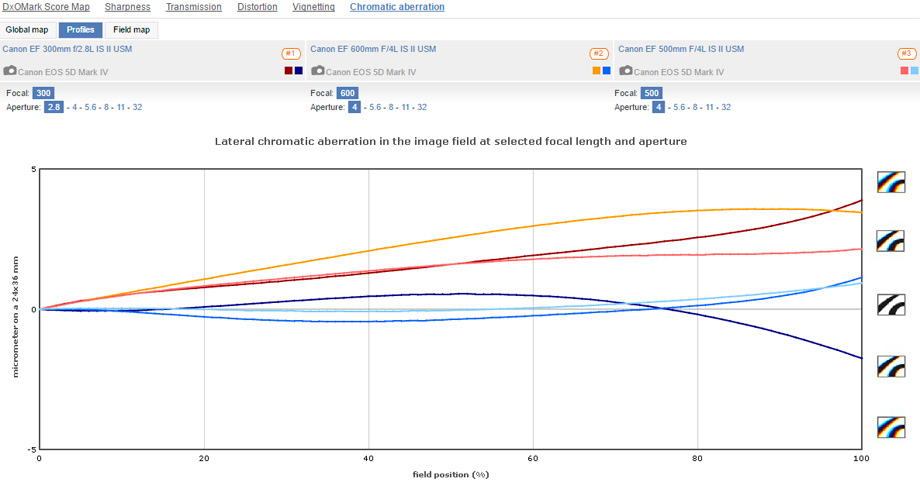
DXOMARK encourages its readers to share comments on the articles. To read or post comments, Disqus cookies are required. Change your Cookies Preferences and read more about our Comment Policy.